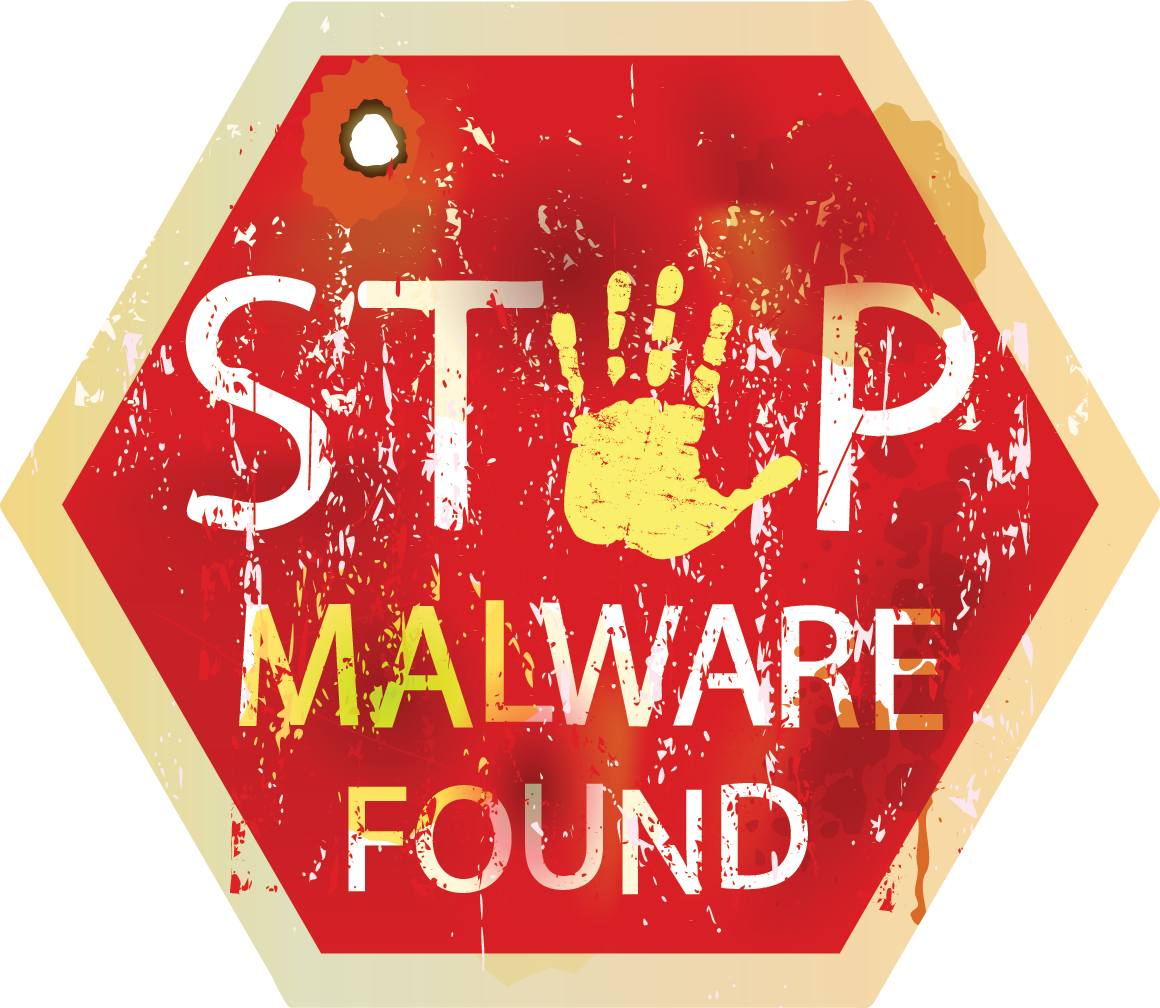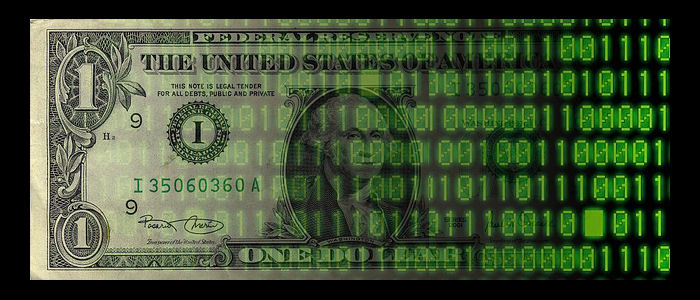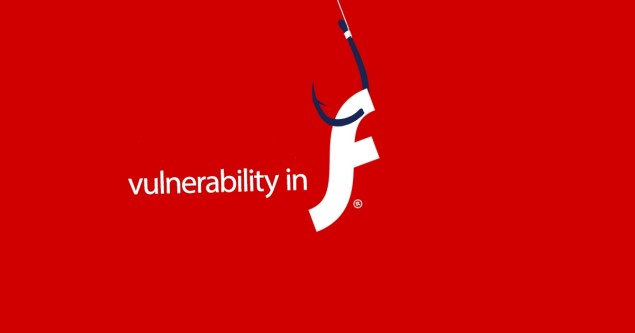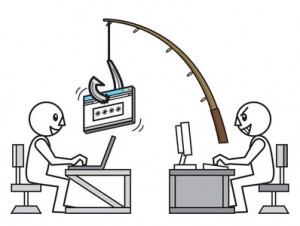
 Malware is often forwarded by swarms of infected PCs known as botnets; just recently the Necurs botnet has really ramped up its activity to cause havoc.
Malware is often forwarded by swarms of infected PCs known as botnets; just recently the Necurs botnet has really ramped up its activity to cause havoc.
The Necurs botnet, which has been active for several months, suddenly went quiet for three weeks, but, on June 22, it was responsible for sending 160 million malicious emails. This is a huge amount of traffic and particularly troubling for businesses.
It’s important that you understand what the Necurs botnet is capable of and how to avoid being swallowed up in its activities, so I’m going to run through how it works.
Understanding a Botnet
First off, we need to understand what a botnet is, so let’s take a look at that.
Although it sounds like a futuristic android, it’s much more contemporary than that. Also known as zombie computers, a botnet is a collection of PCs which have become infected and allowed external users to access them.
In these cases the hackers are looking to exploit these PCs and their bandwidth to carry out all manner of dubious actions. These can range from crippling websites with huge amounts of traffic they can’t cope with (a Distributed Denial of Service Attack) or mass email campaigns containing malicious software.
The botnet ‘army’ is created by exploiting open ports on PCs which allow Trojan viruses to gain access and deliver their payload. The botnet controller then has remote access to many thousands of PC to carry out bigger attacks very quickly.
What Does Necurs Contain?

Necurs main operation, at the moment, is to deliver two particularly nasty packages in the form of Locky and Dridex.
Locky is part of an increasingly popular attack known as ransomware. This malicious software is most often sent as an Office document which requests that you enable macros to translate some nonsensical text. Once this request is approved then Locky gets to work by encrypting your personal files and demanding payment to decrypt them.
Dridex is a piece of malware, also activated by Office documents, which looks to cause financial chaos by stealing banking information such as login credentials. It carries this out by monitoring network activity and taking screenshots of user activity.
Protect Yourself From Necurs
 Becoming part of a botnet not only threatens your own security, but also risks the security of millions of other users all over the world. That’s why you need to make sure you’re fully aware of how your PC can become enslaved, so it’s crucial you take the following steps:
Becoming part of a botnet not only threatens your own security, but also risks the security of millions of other users all over the world. That’s why you need to make sure you’re fully aware of how your PC can become enslaved, so it’s crucial you take the following steps:
- Ensure you have a firewall which is turned on at all times. This provides a first line of defense which can monitor any unusual network activity on your PCs.
- Botnets love a piece of out-dated software as it provides a vulnerable route into your PCs, so make sure that all patches/updates are installed as soon as possible.
- Don’t download any attachments which look remotely suspicious – even if they come from colleagues or family members. Their PCs may have already been infected and are not under their full control anymore.
- Take note of any unusual behavior e.g. browsers opening and closing without your input, sudden crashes and long startup/shutdown times. These can all indicate that your PC has become part of a botnet.
Even if you’re not part of a botnet you still need to remain vigilant due to the emails being sent by infected computers. Both Locky and Dridex can create a lot of trouble for businesses, so it’s vital that you don’t fall foul to their deceptive attachments.
For more ways to secure and optimize your business technology, contact your local IT professionals.
Read More






 Thankfully, your money is pretty safe within a bank. Even if they do suffer any losses through cyber-crime, it will be the bank who takes the hit and not your personal account. However, it does raise some interesting questions about security.
Thankfully, your money is pretty safe within a bank. Even if they do suffer any losses through cyber-crime, it will be the bank who takes the hit and not your personal account. However, it does raise some interesting questions about security.
 Adobe has suffered another embarrassing attack which exploits their Flash software and this time the malware has been hidden in an Office document.
Adobe has suffered another embarrassing attack which exploits their Flash software and this time the malware has been hidden in an Office document.


 Phishing is the process of stealing personal information (login details, credit card details etc) from consumers through the following methods:
Phishing is the process of stealing personal information (login details, credit card details etc) from consumers through the following methods: